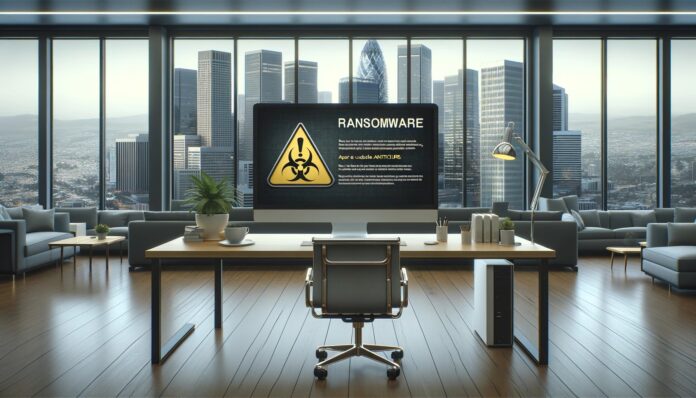
In today’s digital age, ransomware attacks have become increasingly prevalent, posing significant threats to individuals and organizations alike. These malicious attacks encrypt valuable data, rendering it inaccessible until a ransom is paid to the perpetrators. However, the danger doesn’t end there. In many cases, cyber-criminals also steal sensitive information before encrypting it, threatening to expose or sell it if their demands are not met.
So, what should you do if your data is stolen in a ransomware attack? Here’s a comprehensive guide:
Assess the Situation: Upon discovering that your data has been stolen in a ransomware attack, it’s crucial to assess the extent of the breach. Determine what specific information has been compromised and evaluate its sensitivity and potential impact.
Invoke Incident Response Plan: Every organization should have a well-defined incident response plan in place to handle security breaches effectively. Activate your incident response team and follow established protocols to contain the breach and minimize further damage.
Communicate Internally: Transparent communication is key during a cybersecurity incident. Inform relevant stakeholders within your organization about the breach, including executives, IT personnel, legal advisors, and affected employees. Provide clear instructions on how to proceed and reassure employees about the steps being taken to address the situation.
Notify Authorities: Depending on the nature and scale of the data breach, it may be necessary to report the incident to law enforcement agencies and regulatory bodies. Compliance with data protection regulations such as GDPR (General Data Protection Regulation) or HIPAA (Health Insurance Portability and Accountability Act) may require mandatory reporting of data breaches within a specified timeframe.
Engage with Cybersecurity Experts: Seek assistance from cybersecurity experts and forensic investigators to conduct a thorough analysis of the breach. Their expertise can help identify vulnerabilities, assess the impact of the attack, and devise strategies for remediation and recovery.
Evaluate Legal and Regulatory Obligations: Consult with legal counsel to understand your organization’s legal obligations and liabilities in the aftermath of a data breach. Compliance with data privacy laws, contractual obligations, and industry regulations should be prioritized to mitigate potential legal consequences.
Consider Negotiation: While experts often advise against negotiating with cybercriminals, each situation is unique. Evaluate the risks and benefits of engaging in negotiations to retrieve stolen data or decrypt encrypted files. However, be cautious, as there is no guarantee that paying the ransom will result in data recovery or prevent further extortion attempts.
Enhance Security Measures: Use the lessons learned from the ransomware attack to strengthen your organization’s cybersecurity posture. Implement robust security measures, such as regular data backups, multi-factor authentication, encryption protocols, and employee training programs to mitigate the risk of future attacks.
Monitor for Further Compromise: Even after mitigating the immediate effects of a ransomware attack, remain vigilant for signs of ongoing or subsequent compromise. Implement continuous monitoring and threat detection mechanisms to detect and respond to any suspicious activity promptly.
Educate and Empower Employees: Employee awareness and vigilance are critical components of effective cybersecurity defense. Provide comprehensive training on ransomware awareness, phishing prevention, and best practices for handling sensitive information to empower employees to identify and respond to potential threats proactively.
In conclusion, dealing with stolen data in ransomware attacks requires a coordinated and proactive response that encompasses technical, legal, and organizational considerations. By following these steps and leveraging the expertise of cybersecurity professionals, organizations can mitigate the impact of data breaches and safeguard their sensitive information against future threats.
Ad
